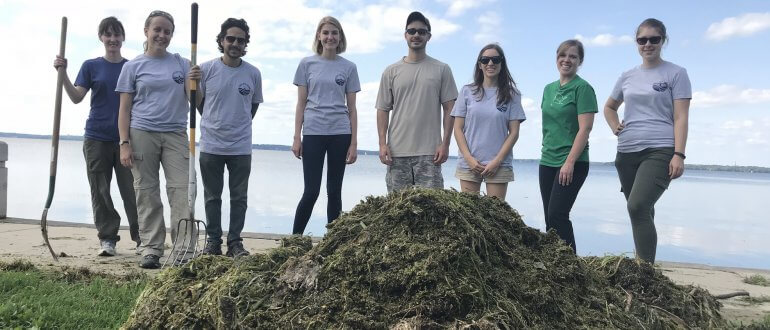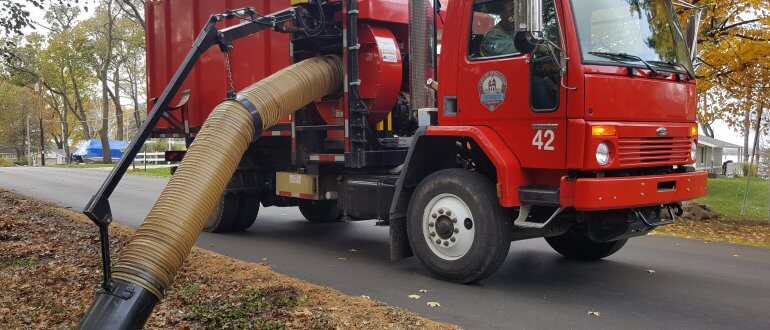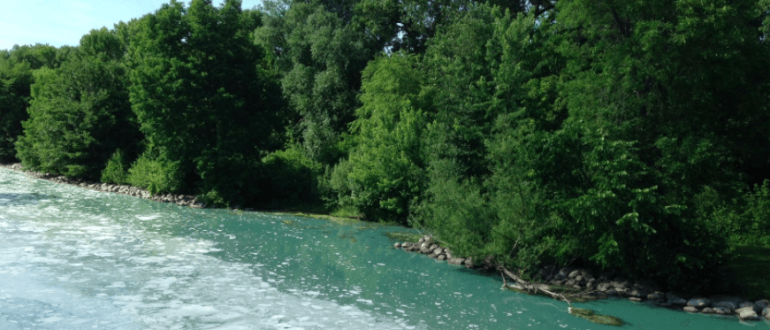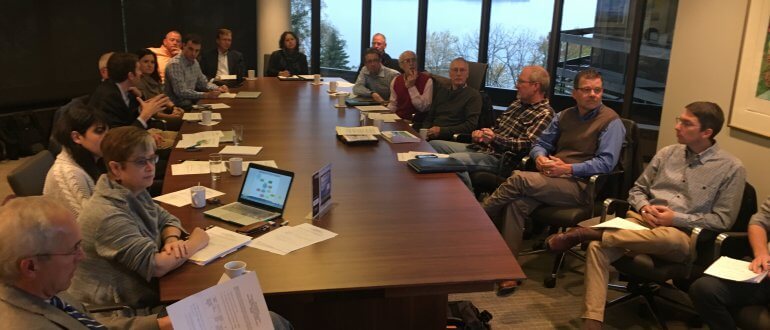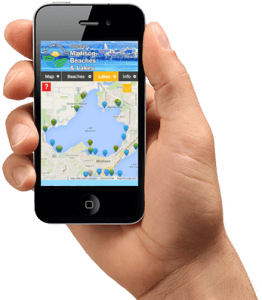Volunteers use leaf vacuums to protect Lake Kegonsa
A partnership toward leaf management and lake health in the Yahara River Watershed
Clean Lakes Alliance is excited to partner with the Friends of Lake Kegonsa Society (FOLKS) for one of our 2018 Clean Lakes Grants. FOLKS is a non-profit organization working to protect the environment and recreation of Lake Kegonsa and its surroundings.
Leaf management in the Yahara River Watershed is an important step toward creating healthy lakes. By following effective leaf practices, we can reduce the amount of phosphorus reaching our waters. Phosphorus is a naturally occurring element found in leaves, dirt, manure, and other organic matter and is the root cause of water quality problems in the region. When excessive amounts enter our lakes, phosphorus can fuel toxic cyanobacteria (blue-green algae) growth which can harm people and animals.
